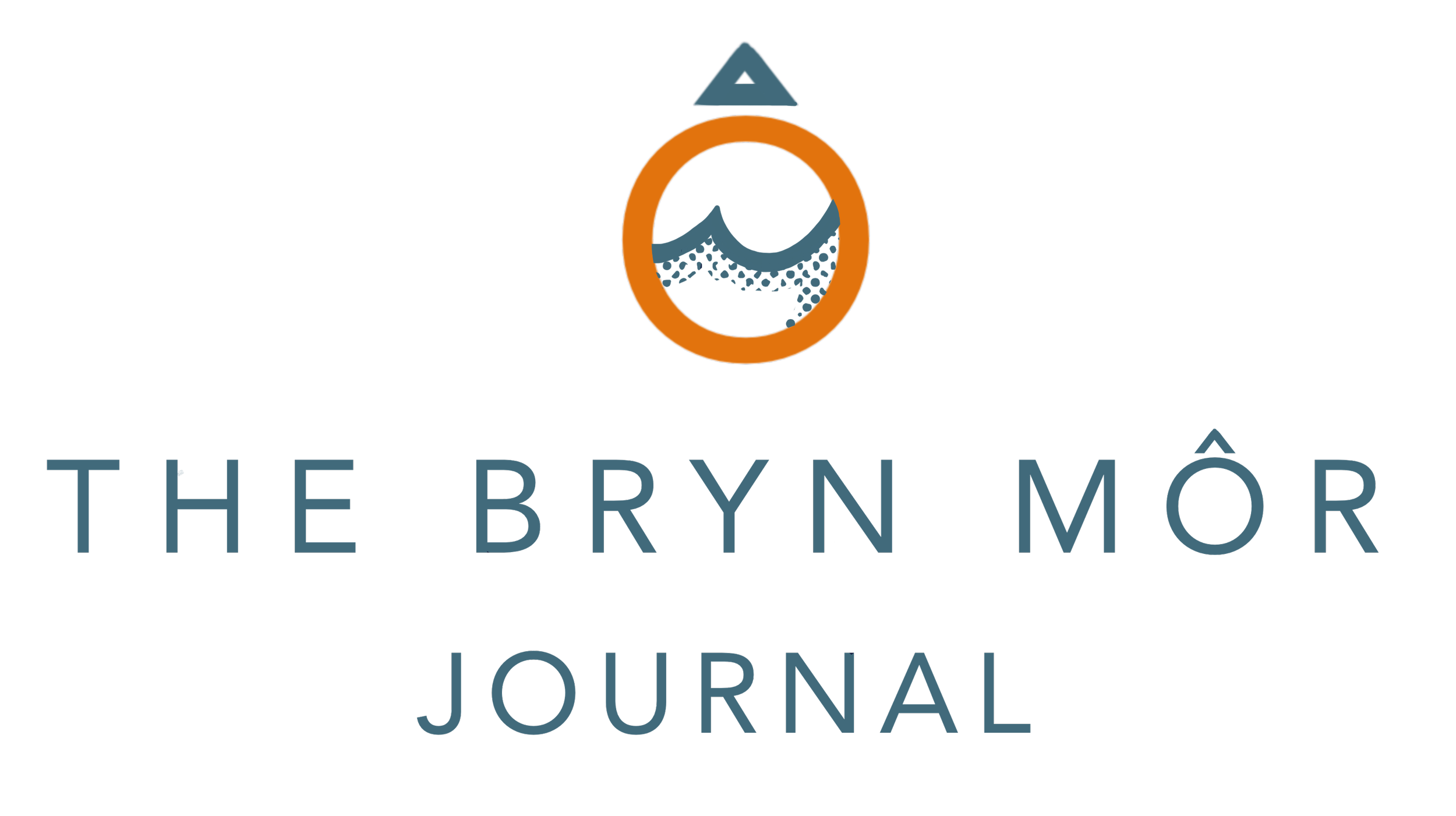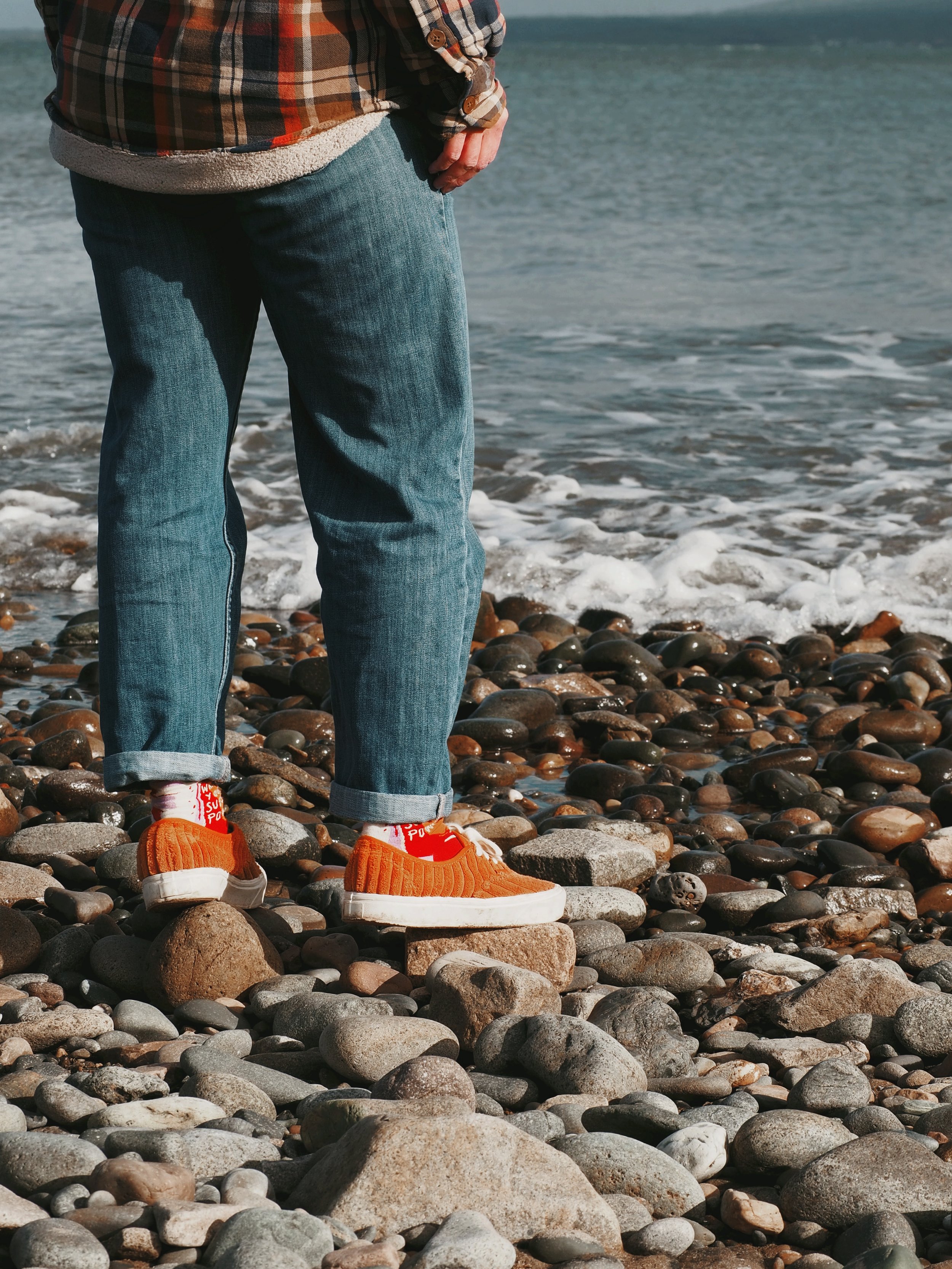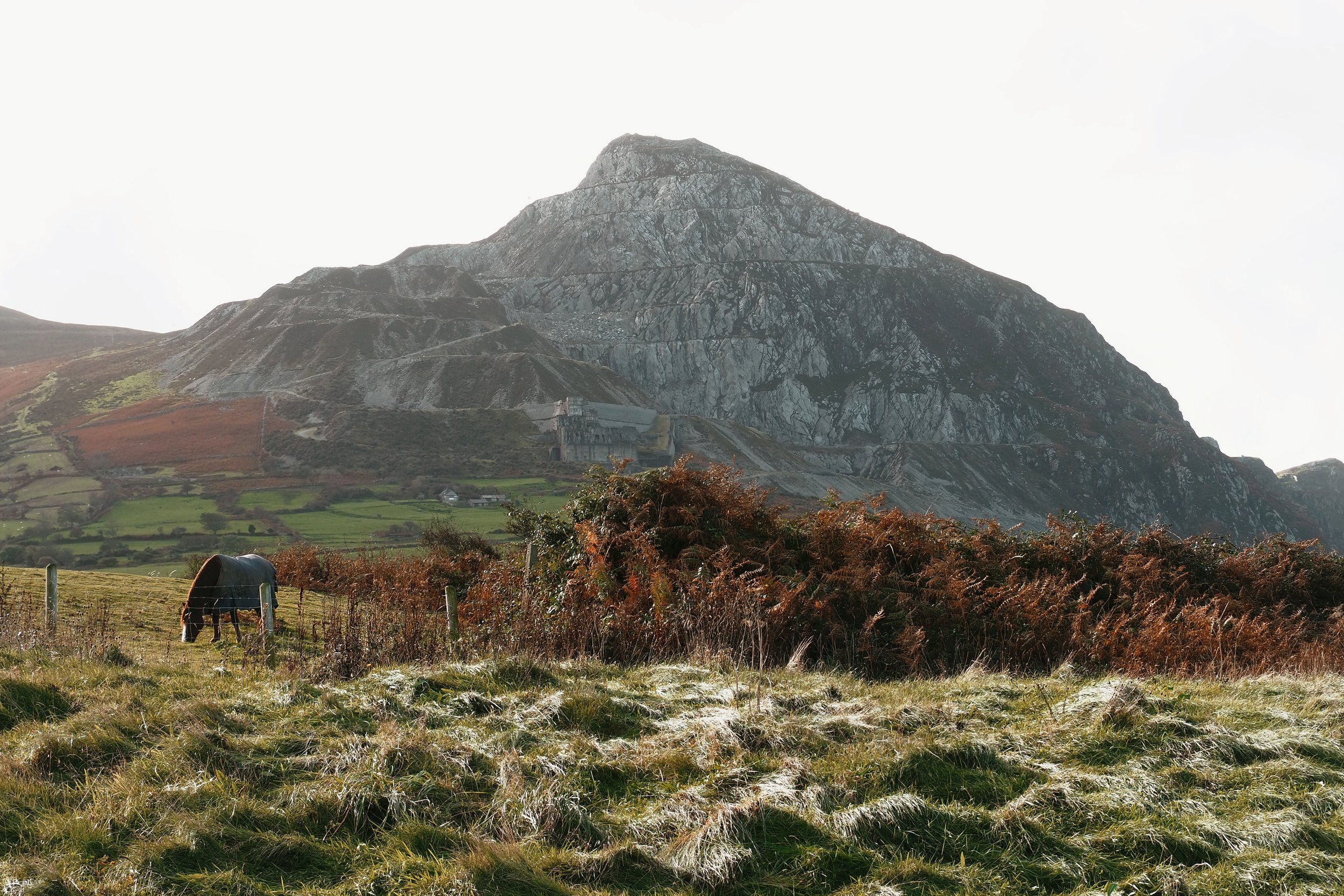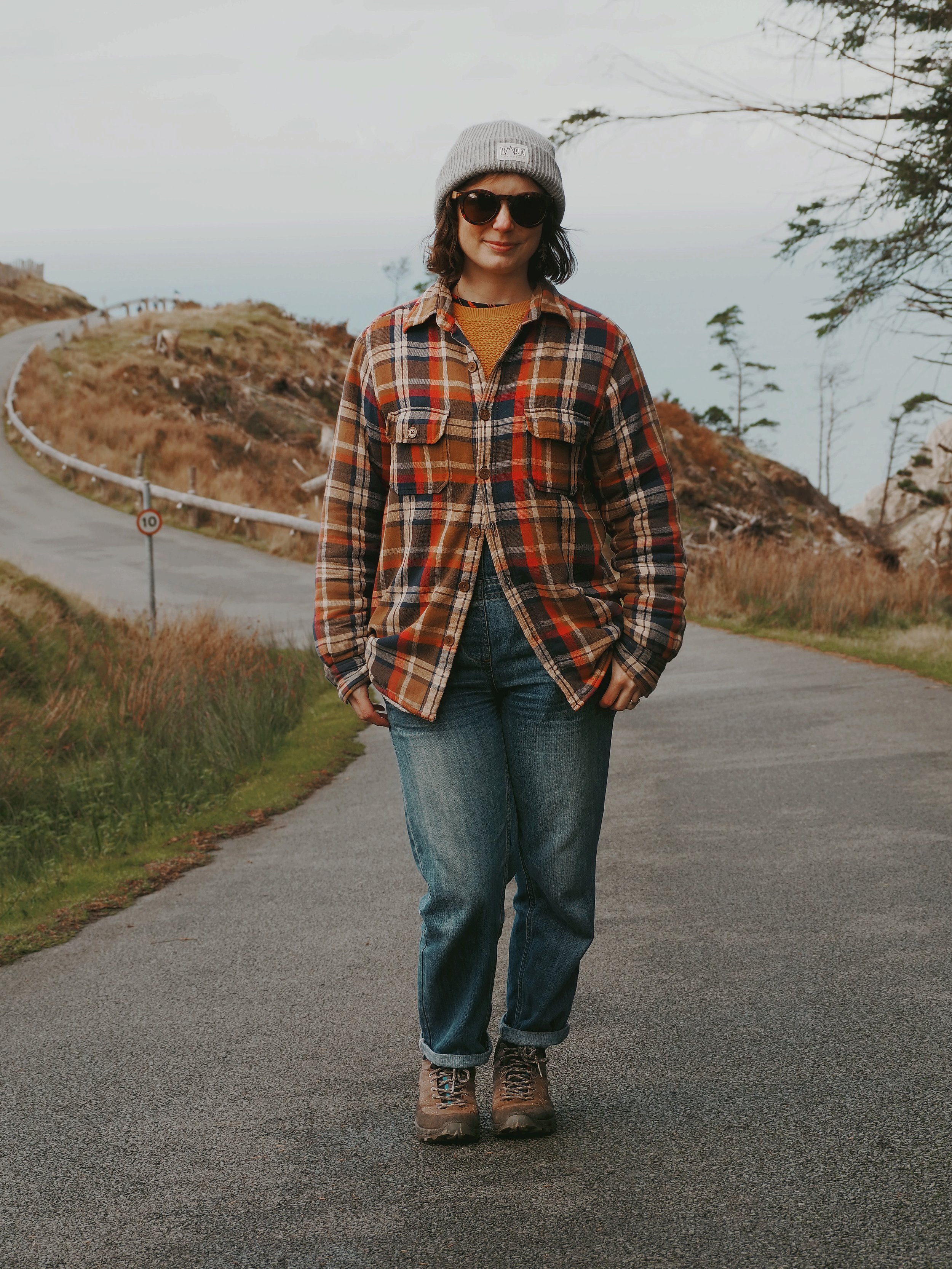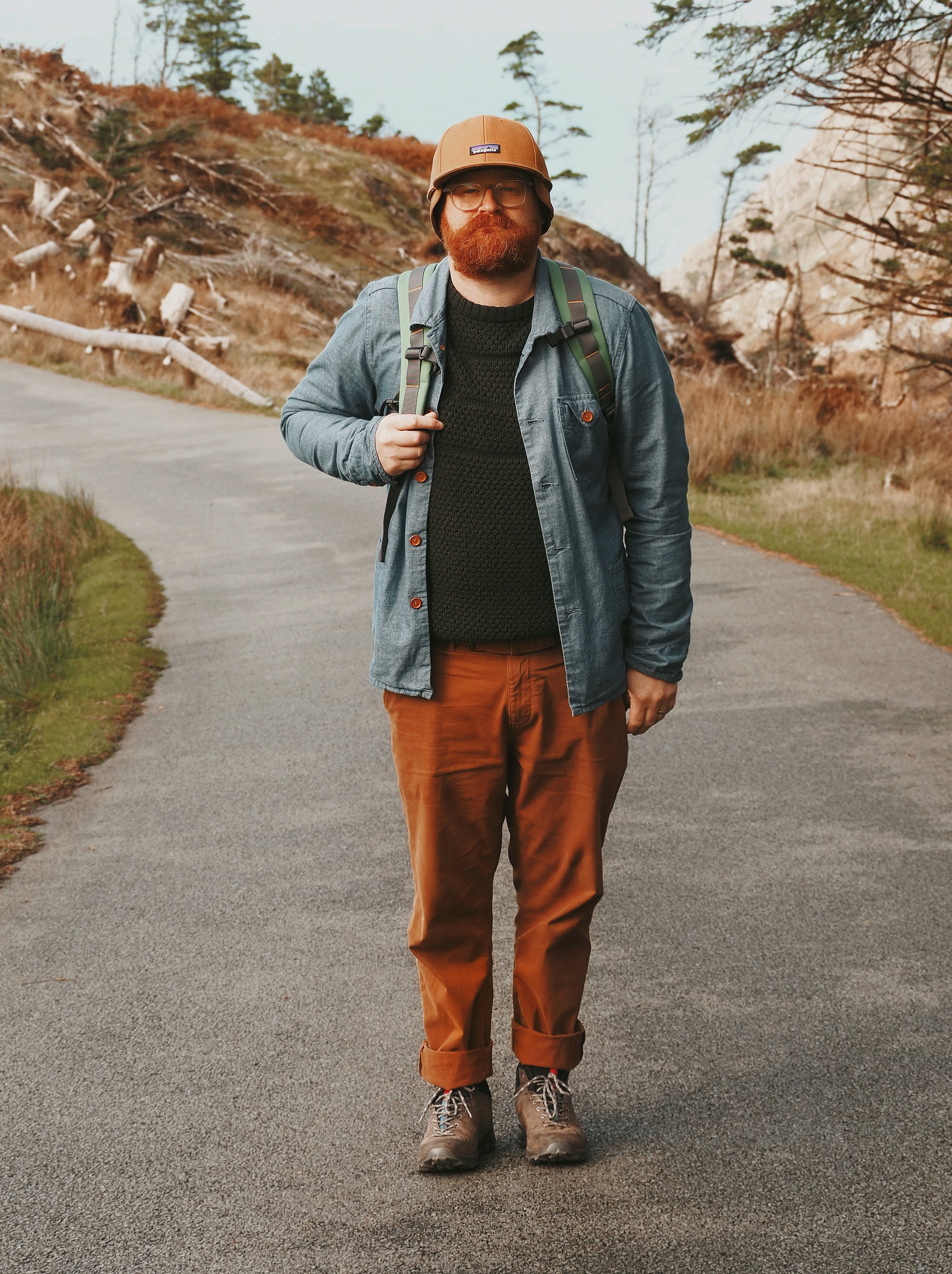Nant Gwrtheyrn and the Explorers Instinct
To explore is an instinct. Something that cannot be ignored. This attitude is really not worth fighting. The in-built desire to follow a path, to experience new effects on our minds, is as old as time. It is how humans first travelled. Before the first road was built a track lay before the traveller. Prior to the wheel being invented, and wagons and carts carving tracks, a footpath wound its way through the wild. There was always that first person or animal who pushed aside the curtain of green and moved forwards through the land. 12,000 years ago, when humans first made their way onto the British Isles from mainland Europe, they more than likely followed paths in the Kent undergrowth created by animals such as a Lynx or even Reindeer. These very paths may well form our roads such as the A5 which stretched from Kent all the way to Wales. Exploration and forging paths is in our DNA and who are we to ignore that?
We were reminding of this ethos on a sunny autumnal day on the Llyn Peninsula. We had travelled from Bwlch Derwin to the northern coast of the peninsula with an open mind and a willingness to feel nature. First we relaxed under the shadow of Yr Eifl and Moel Penllechog in Trefor, where the shallow, grey waters of Caernarfon Bay lapped against smooth ash coloured slate and granite pebbles. The starkness of the shoreline broken up by flashes of colourful fishing rope, red seaweed and weathered bricks. The red bricks litters much of the peninsulas beaches, and has done ever since the Porth Wen brickworks in Anglesey began its slow abatement into the ocean. Now these bricks are being transformed slowly from the hard, orthogonal shapes into fluid-like, almost aqueous, has-beens. They scatter themselves along the beach like a dumpling pulled out of a broth, only to transform once again on touch to a rock, not quite transformed by the turbulent water but reminding us of the power of the ocean. The ocean has a power that is unrivalled in nature, except maybe for the chaos when nature rebels, but a power that has its own timeline. Neptune's clock runs slower than ours, and its eternity is certainly transcendent.
We left the shoreline and fishing boats behind us and headed inland, taking the road around Yr Eifl. This hill rises from the sea with such fierce strength and apparent speed that the landscape looks like a puckered blanket with a giant’s knees bent underneath; perhaps shielding himself from a stiff ever present breeze off the endless sea. The sun hit the steep, craggy sides of the hill and bounced golden light along the coast. The stone walls created a grid of oranges and ochres, with long abandoned barns and buildings sitting like empty vessels which were once filled with a fine wine but remain on a grand table. Many of these farm buildings around the British countryside are being converted into homes once again, but these north-facing carcasses of stone and wood may be a tad too brutal for most. A wisp of cloud sat on top of the hill, almost looking as if its source was the quarried north-west side of the hill past the false summit of Bwlch-yr-Eifl. This hill is to blame for much of the weather found on the eastern hills of the Llyn Peninsula. Clouds bubble and form at its summit to create heavy skies going south-east towards Porthmadog and Southern Snowdonia.
Along the road we passed a cluster of typical Welsh cottages in the villages of Llanaellraiarn and we aimed for the village of Port Dinlleyn; at least that was our aim. Our explorer instinct soon had other ideas.
Passing through the tiny village of Llithfaen we saw a tantalising brown sign directing us towards a view point called Nant Gwrtheyn. The road narrowed between white sided cottages and climbed up towards a distant tree-line. The landscape became open with views west afar over heathers and gorse. The eastern view was of the aforementioned Yr Eifl with its western slopes kinder and grassy. The grasses and ferns covering the terrain moved around in the ever present wind that persists along the peninsula. Its golden and ochre colours turning brighter as the sun was getting higher, as the day crept away from us. Footpaths and desire trails criss-crossed the flora with a path climbing up the more straightforward acclivity of Yr Eifl. A few hikers donned with luminous hats and bags were strutting up the hill. What views would they find? Were they feeling that explorers instinct that was driving us to places like this?
The road levelled off and after a while a gravel car park with information boards sat in front of us. The tree-line we had previously had on our horizon was now right in front of us, and the tall pines creaked and swayed in the wind that was no doubt stronger at their lofty height. The road was now framed by a pair of slate staked gateposts and broken up with a rust coated cattle grid. We tiptoed over the grid and made our way along, what was now, a tree lined descending road. The landscape was falling away from us as we gently strolled downhill. The forest floor was dark and bronzed with areas of burnished, illuminated aura, where the suns rays were penetrating the thick needled canopies to expose the chestnut bed.
The road had become open once again as we reached a sharp bend. In front of us sat a newly built dry stone wall with a dusty desire path running next to it. Beyond the wall we were greeted with a staggering vista along the Llyn Peninsula towards our initial destination, Porth Dinllean with Porth Nevin and Pistyll in-between. The sky was hazy and we felt magic and tradition coursing through us. The Welsh land grew out of the sea like a beast emerging from sleep. The greens and golds of the Welsh fields radiated and almost appeared to be precipitating the light back in a rhythmic fashion.
We continued, now very steeply, downhill along the road once again. The view was quickly transformed to one of a lesser reaching vista. The trees closely guarded our descent and before us rose the steep sides of our close friend Yr Eifl. This part of the hillside has altogether a different look. It was a patchwork of slate and course grasses. The hill had taken on another charm, and this one was our favourite. A waterfall rushed and cascaded from the top and fell over the rocks. At first we saw only one silver chute which we followed down with our eyes as it resembled a mares tail. The tail was fluttering and swaying in the wind. On closer inspection there were dozens of falls, chutes and cataracts being thrown down from the summit of the hill into the valley which we were heading towards. The valley floor was a green, flat pasture with a scattering of empty farm buildings in its centre. The isolation must have made for a testing livelihood when in use, and it is no surprise to see the windowless, husks of human habitation in this valley. The road became less arduous as we neared the sea. At the end of the road we found Nant Gwrtheyn, a restored quarry village with museums, a cafe and a Welsh language school. Its wild and dramatic landscape was perfect for housing such a celebration of Welsh life and education.
We ambled around the historic buildings and drank coffee, looking out at the sea. The sun was setting down beyond the cliffs to our left, as a young family played on a small pebble beach. We watched all of this going on and reflected on our day. We followed our desires and instincts. We took the chance when it presented itself and we were rewarded with so much beauty. As we finished our coffee and walked back towards the quarry buildings, thanking the land and sea for our day, we were greeted with one final allure. A horned Welsh mountain goat made its way out of the nearby bracken and slowly and calmly crossed our path. These shy creatures are seldom seen in the U.K. and we appreciated its beauty and headed home.
